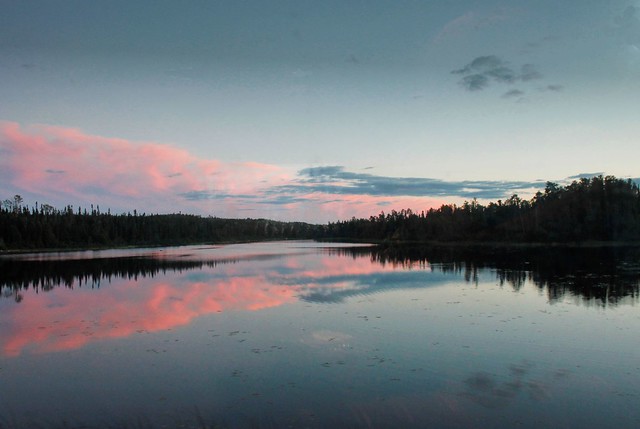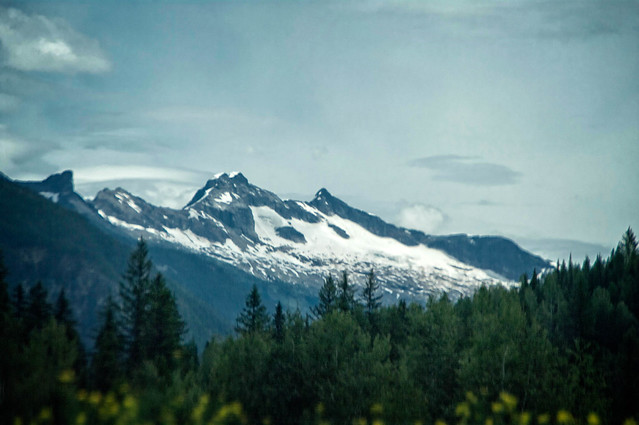 On the flight across the ditch I watched the film called " A Month of Sundays", its a quirky poignant story, yet honestly Australian. One of the important subtexts is about the significance of memories. I'll say no more not to spoil your viewing. It has me thinking about what are memories and how we might make them? I live in a very bush fire prone region and it is an unwritten law that if you need to evacuate the first thing to pack is the photo album. The theory being that they hold all your memories.
On the flight across the ditch I watched the film called " A Month of Sundays", its a quirky poignant story, yet honestly Australian. One of the important subtexts is about the significance of memories. I'll say no more not to spoil your viewing. It has me thinking about what are memories and how we might make them? I live in a very bush fire prone region and it is an unwritten law that if you need to evacuate the first thing to pack is the photo album. The theory being that they hold all your memories.
However photo are just images in tone and sometimes colour. Some say nothing but the special few will evoke a fondness in the viewer and bring up clearer pictures of the place and/or the people, the smell of the garden or the sensation, of intense heat, or being drench by driving rain, the special treat, ice cream or toasting marshmallows. The memories spread into many more dimensions than the flat photograph. These are indeed precious things. However how do you create them?
I'm starting to think you can't. They usually create themselves.
As photographers we are constantly being told to always tell a story. Which is a real challenge in a single still image because stories have a beginning and an end and time between that moves step by step between these end points. Some still images might imply the beginning and how the story might have arrive at the end depicted in the photo or alternatively that might capture the start and the end is implied. A very few photo capture one of the steps.
To tell a story properly you need words and or a video. The reading of the words of watching of the video compel the viewer to concentrate. The mind is generally supressed from wandering into memory until the story is over and your concentration is released.
What I see happening these days with so many of our photos and snippets of videos online, is not about memory. These are instant distraction, kind of a visual gossip of things (in the real world) that can be scrolled through and laughed at. They are short term relevance and mostly soon forgotten
However older photos particular acquire a magical property to bring up deep memories in the viewer(s). So when and how does this happen? I think there are two important components. They are mostly physical (a print or a film strip) as opposed to temporary light on a screen) they have survived the passage of time, not something thrown away or discarded and forgotten. Thus they somewhat rare and precious.
I really doubt any amount of cloud storage and interconnection will achieve this. That all knowing science fiction screen on the wall will certainly have lots of data and images but it will not have obvious precious things. They might be there but they will probably be hiding.
So who will save us? You might be surprised, we might already have a new breed of memory managers amongst us, usually they are younger women, perhaps recent mother who are both social media savvy and at the same time deeply embedded in the family structure. They are the ones that are curating the "look at me" stream of friends and family on social media and making an effort to comment on and save the important parts of the puzzle that will house our future memories. The problem for now is there are few tools to make this easy and these new bread of memory managers, because at the moment they are unlikely to have a deep knowledge of file formats, the archiving strategies or digital asset management at all. If its not a physical print (most just collect 6 by 4 prints) or jpeg files (unfortunately those heavily compressed optimized for web efforts). They will probably have any metadata stripped out by whichever social media service they got momentary fame on. Yet I hope these memory managers survive and flourish. Find each other and build better strategies and places to house our memories. So that in fifty years there will still be something to save, hopefully in a format we can still read, from the approaching wild fire and it will be precious.
















































